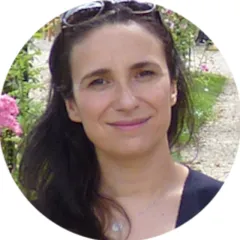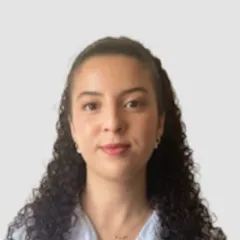

Anne GOUPIL-LAMY, Ph.D., principal field application scientist and Science Council Fellow at BIOVIA, obtained her doctorate in molecular biophysics from the University of Pierre and Marie Curie (Paris VI, France). She studied protein dynamics and denaturation using molecular dynamic simulations and neutron scattering experiments under the supervision of Professor Jeremy C. Smith. Goupil-Lamy joined MSI (now BIOVIA) in 1998 as a support scientist and gained expertise in the many modelling areas supported by BIOVIA' life science modelling tools. While managing BIOVIA' contract research group for many years in Europe and worldwide, she performed feasibility studies, developed proposals and was involved in the delivery of structure-based design and ligand-based design projects with one contract resulting in a patent. As a pre-sales scientist, she has performed several validation studies in fragment-based design and protein-protein interactions that were presented at conferences and to customers. She is also involved in biotherapeutics projects focusing on antibody design.


Meryam BOULAYAT discovered her passion for bioinformatics during her academic journey, with a growing focus on structural bioinformatics. Starting in her final year of undergraduate studies and continuing through her Master's at Université Paris Cité in Paris, she built expertise in structural modeling, omics data analysis, and machine learning, including deep learning. Throughout her Master's, Meryam worked on several projects that deepened her knowledge of molecular modeling and drug design. Her first-year internship at the DSIMB lab (INSERM) in Paris involved studying the human transmembrane protein TSPO and its role in cholesterol transport in Alzheimer's disease using molecular dynamics simulations and docking techniques. She also contributed to a project on antibody aggregation using coarse-grained simulations. For her second-year internship, Meryam joined Dassault Systèmes, working on virtual screening using GOLD to identify potential treatments for Salla Disease. This hands-on experience in both academia and industry led her to pursue a PhD at Dassault Systèmes in collaboration with the Paoletti Lab at École Normale Supérieure in Paris, where she is now focused on designing mini-binders targeting excitatory glutamate receptors (eGluRs), a project driven by her passion for impactful scientific research.